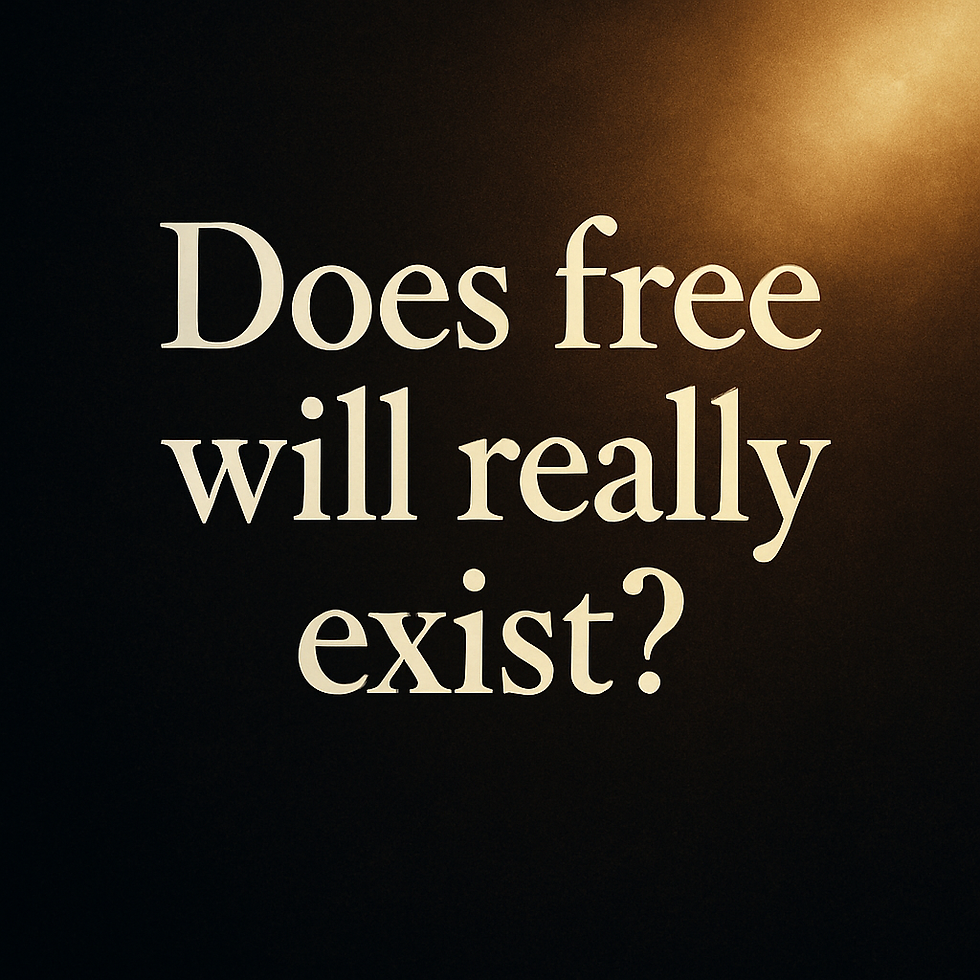When the Inner and Outer Selves Begin to Speak
- Katiana Cordoba

- Jun 12, 2025
- 3 min read

We live, often unknowingly, with two versions of ourselves.
One exists quietly within — soft, observant, untouched by roles or reactions.This is the inner self. The one who knows. The one who simply is.
The other lives outward — interacting, adjusting, performing, pleasing, achieving.This is the outer self. The one shaped by mirrors, expectations, and the choreography of survival.
We walk through the world believing that only one of these voices is “us.”But the truth is more beautiful, more complex — and more freeing.
🌗 Two Voices, One Being
The inner self is the witness, the soul beneath identity. It is the place where silence feels natural, where truth does not need to be proven.
The outer self is the interface — the version of us that learns how to fit, how to be good, how to be seen as “enough.” It is not false; it is formed. It adapts because it must.
And yet, without guidance from the inner self, the outer self can become… exhausted.Performative. Disconnected.
This is not a flaw. It’s a signal — a call for integration.
The Beginning of the Dialogue
The first step is this:
Let the inner self turn toward the outer self and say, “I understand you.”
Not to fix. Not to erase. But to listen.
Because the outer self — the one who’s been performing and adjusting for years — is not a problem. She is a protector. A translator. She did what she had to do.
And when the inner self listens with compassion, the outer self no longer needs to hide.
The Questions That Heal
To begin this dialogue between inner and outer, we need to ask new questions — not from fear, but from gentleness.
From Inner to Outer:
What are you protecting?What part of me were you trying to keep safe?
What have you learned from others that I should know?What patterns have you noticed? What social cues have you tracked?
Are you tired?Do you want to rest, to stop pretending, to just be with me?
From Outer to Inner:
Is this decision aligned with who we truly are?Am I speaking, choosing, acting from our shared center?
Can I let go of what they expect of me… and trust your guidance?Can I follow your stillness instead of the crowd?
How does this feel inside?If no one else was watching, would this feel real?
The Path of Integration
When the inner and outer selves begin to listen to each other, something remarkable happens:
The inner self gains access to the language of the world — not just spiritual insight, but action, boundaries, and response.
The outer self gains access to truth — not just reaction or adaptation, but clarity, freedom, and presence.
Together, they create what the mystics call authenticity.Not the performance of “being real.”But the felt experience of being one — inside and out.
🪞 A Practice: “The Mirror and the Mouth”
Here’s a simple ritual you can use whenever you feel torn, confused, or stretched between two versions of yourself:
Pause and BreatheLet the inner self come forward. Breathe into your chest, your belly.Ask: “How do I feel when no one is watching?”
Let the Outer SpeakAsk the version of you that interacts with the world:“What are you afraid will happen if we act from the inside?”
Bring Them TogetherClose your eyes and say:
“We are not two.We are one voice, one life, one truth.Let the world meet all of me now.”
You Don’t Have to Choose Between the Two
You don’t have to become only inner, only outer, only spiritual, only social.
You can be the one who feels deeplyand speaks clearly.
You can be the one who sees quietlyand acts decisively.
You can live as someone who is whole.
This is not the end of your spiritual journey — this is the beginning of your embodied one.
And from this place, everything — from your relationships to your choices to your voice — begins to feel like it belongs.
“The privilege of a lifetime is to become who you truly are.”— Carl Jung
Let that becoming begin.
By Katiana




Comments